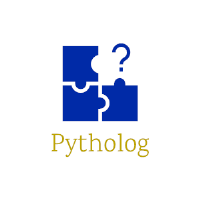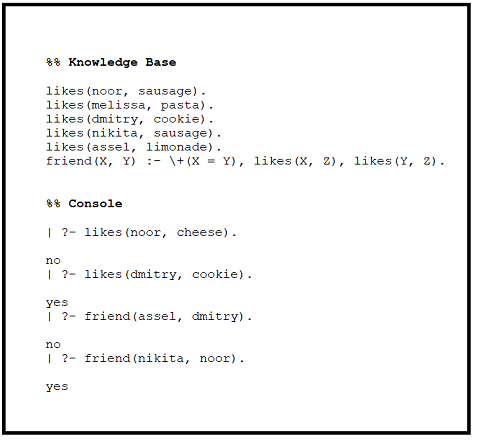pytholog (Write Prolog in Python)

Overview
Python library that enables using logic programming in python. The aim of the library is to explore ways to use symbolic reasoning with machine learning.
Pytholog supports probabilities.
Pytholog gives facts indices (first term) and uses binary search to search for relevant facts instead of looping over all knowledge base. So when defining rules, make sure that the main search terms are in the first position to speed up the search queries.
There is a SourceForge project, available here: https://sourceforge.net/projects/pytholog/, that has an executable tool that works as a standalone logical database with a RESTful API that can be queried by and used with other applications.
The tools in the project work in Linux and Windows and there is also the script to be built on OSX system.
prolog syntax

Prolog takes facts and rules. A fact or a rule has a predicate which in “likes(noor, sausage)” is “likes” and in “friend(X, Y)” is “friend”. Rules have “Left Hand Side (LHS)” which has a predicate and “Right Hand Sides (RHS)” or “goals” to be searched to answer the queries about the rules. LHS and RHS in a rule are separated with “:-”. Each predicate has “Terms”. Prolog uses lowercased variables to describe “constant values” and uppercased values to describe “variables” that need to be updated from the query.
Let’s take an example: likes(noor, sausage) is a fact which has likes as a predicate and (noor and sausage) as terms. friend(X, Y) :- +(X = Y), likes(X, Z), likes(Y, Z) is a rule which defines that two persons are considered friends if they like the same dish. This rule has an LHS friend(X, Y) and RHS or goals [+(X = Y), likes(X, Z), likes(Y, Z)]. The comma separating the goals means and while ; will mean or. Variables in the fact are lowercased meaning they are truths and cannot change. While in a rule they are Uppercased meaning they need to be changed while in a query.
Prolog uses backtracking search to answer the questions and the queries.
I loved prolog and the idea of Symbolic Intelligence. So I decided to build a module or a framework in python that can allow me to use prolog inside python aiming to combine the power of machine learning and symbolic reasoning.